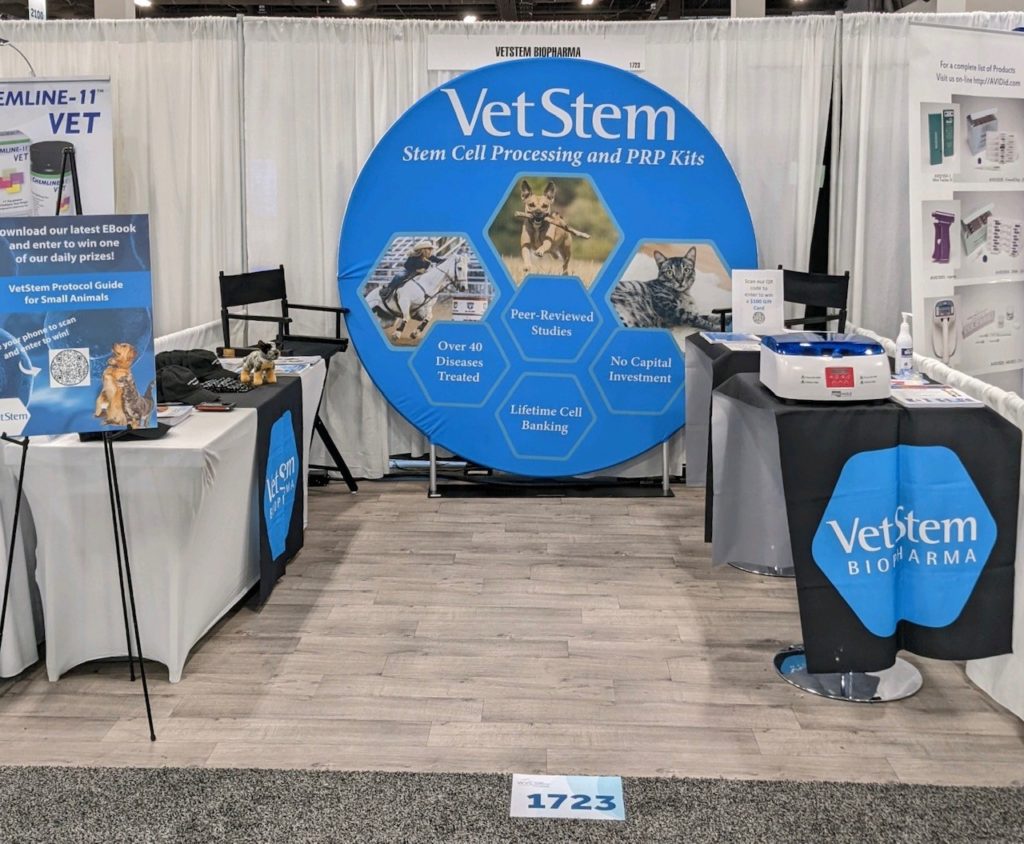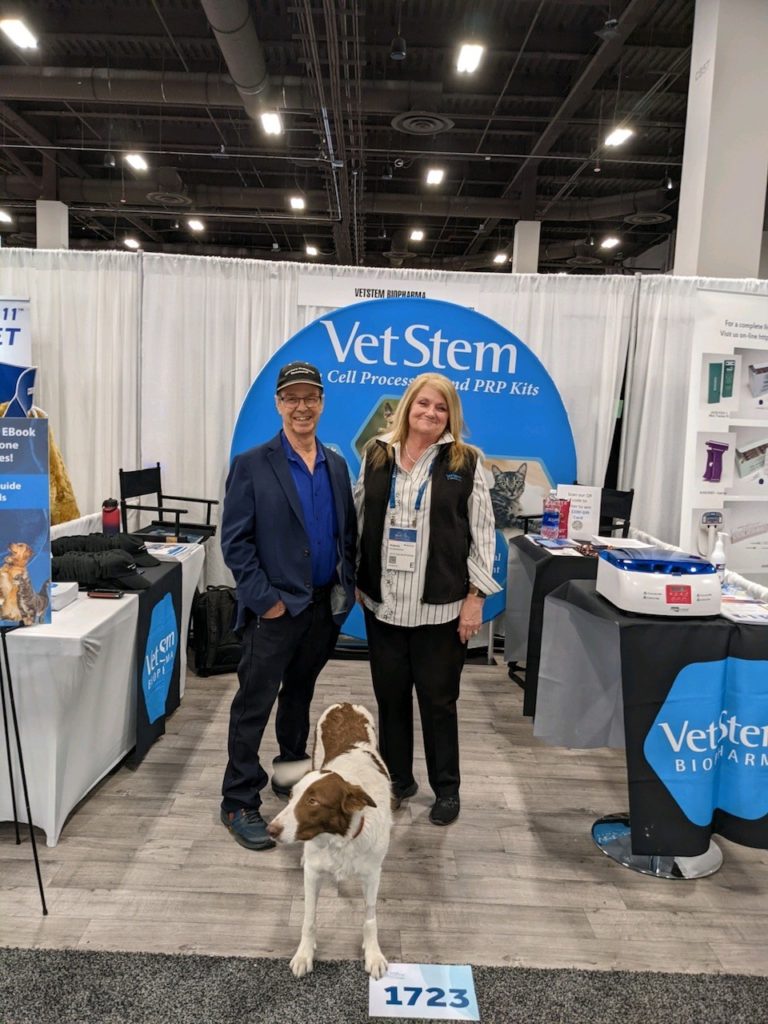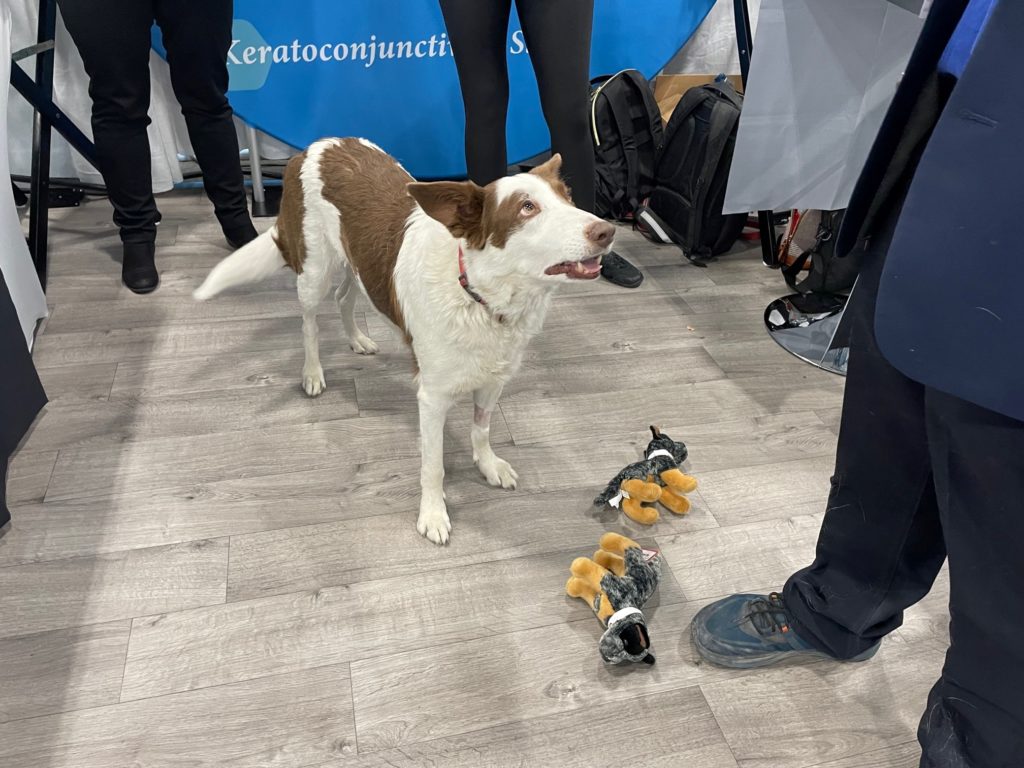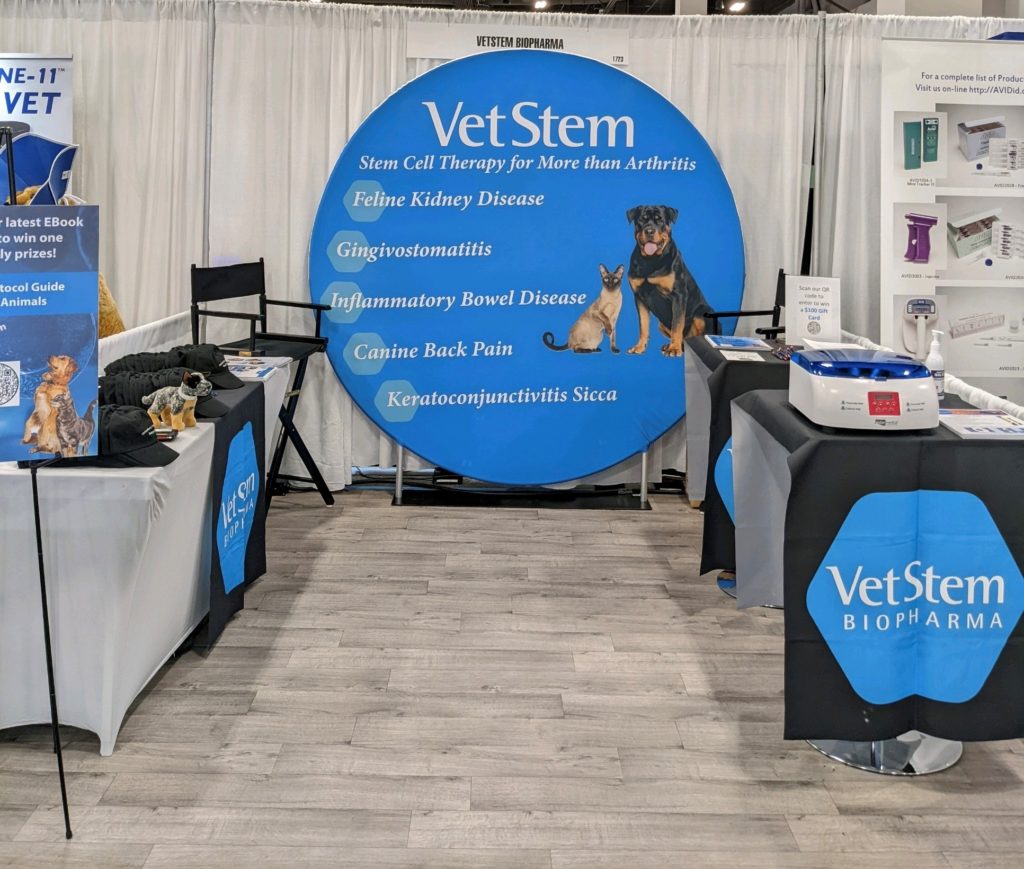The VetStem Canine StemInsure
March 23rd was National Puppy Day. To help you celebrate, we thought we would share how puppies can benefit from VetStem Cell Therapy. That’s right, stem cell therapy is not just for older or injured dogs, it can help puppies too!
VetStem StemInsure: The Stem Cell Insurance
VetStem offers a service called StemInsure. Similar to storing your baby’s stem cells at birth, the canine StemInsure provides peace of mind with banked stem cells that can be used later in life should your dog require them. Hence why we like to think of it as stem cell “insurance.” While many owners take advantage of this service for their young, healthy dogs, older dogs have benefitted from StemInsure as well.

What is the StemInsure Process?
The StemInsure process is similar to our standard stem cell process where we extract stem cells out of a small amount of fat from your furry friend. This small sample of cells can be stored for the lifetime of your dog and can be used to culture, or grow, therapeutic stem cell doses should your dog become sick or injured later in life. While many dogs can benefit from StemInsure, this process is ideal for large breed puppies and other breeds that are considered high risk for developing orthopedic diseases as they age.
Benefits of StemInsure
StemInsure comes with several advantages. First, the fat tissue can be collected in conjunction with an already scheduled, routine procedure such as a spay or neuter. While performing the routine procedure, your veterinarian will simply collect a small amount of fat from your dog and send it to our laboratory to be processed. If your dog requires stem cell therapy in the future, he/she won’t need to go through an additional fat collection procedure.
Another benefit of StemInsure is the price. The StemInsure process costs considerably less than our standard process. Because there are no therapeutic doses being sent for immediate treatment, the stem cell processing is much less intensive. Additionally, StemInsure cell banking is a bit cheaper than standard stem cell banking.
To find a VetStem credentialed veterinarian near you, click here.









